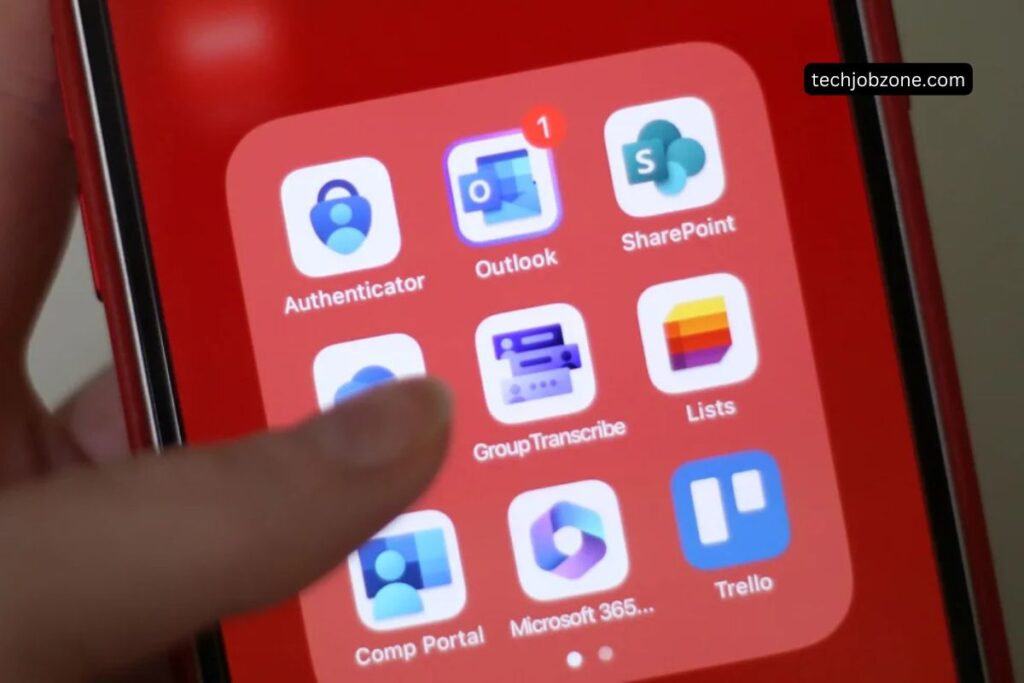March 02, 2025 – Tens of thousands of Microsoft Outlook users faced a frustrating Saturday afternoon as a widespread outage hit the popular email service. The disruption, which also affected various Microsoft 365 applications like Excel and PowerPoint, left users scrambling for solutions and sparked a wave of complaints across social media.
With Microsoft confirming the issue and working on a fix, this latest tech hiccup raises questions about the reliability of cloud-based services in 2025. Here’s what happened, why it matters, and what it means for Microsoft’s millions of users worldwide.
A Sudden Outage Hits Microsoft 365
The trouble began around 3:30 p.m. ET, according to reports flooding DownDetector, a popular outage tracking site. By 4:00 p.m., the number of reported issues peaked at over 37,000, with users unable to access their Outlook emails or other Microsoft 365 tools.
Microsoft, which powers everything from business communications to personal productivity through its cloud-based suite, acknowledged the problem on X at 5:01 p.m. ET. The company stated it had “identified a potential cause of impact” and reverted a suspected code update to mitigate the damage.
Read Also: Mary Kate Cornett Scandal: How Tech Ignited the Viral Ole Miss Drama
While the outage primarily affected Outlook, Microsoft later confirmed that the ripple effects extended to other Microsoft 365 services. This wasn’t just an email inconvenience—users reported issues with Excel spreadsheets, PowerPoint presentations, and even Xbox services, which fall under Microsoft’s vast tech umbrella.
One X user highlighted a particularly frustrating detail: “Even using the Authenticator app for Outlook results in an error message due to the current outage.” For a company that prides itself on seamless integration, this was a significant blow.
Why This Microsoft Outage Stands Out
Microsoft outages are not entirely new. In 2023 and 2024, the tech giant weathered massive global disruptions that took hours—or even days—to resolve. Just last November, Outlook and Microsoft Teams users endured over 24 hours of technical delays before services were fully restored. These recurring issues have left some wondering if Microsoft’s cloud infrastructure, a cornerstone of modern business and personal tech, is as dependable as advertised.

What makes this latest outage noteworthy is its breadth. Unlike isolated incidents, this disruption hit multiple Microsoft 365 services simultaneously, from email to productivity apps to gaming. For businesses relying on Outlook for communication or Excel for data analysis, the downtime likely meant lost productivity.
For Xbox gamers, it was a weekend buzzkill. The fact that even Microsoft’s Authenticator app—a key security tool—faltered during the outage underscores how interconnected and vulnerable these systems can be.
The Tech Behind the Trouble
While Microsoft hasn’t shared detailed technical insights, their X update suggests a problematic code update may be to blame. In the world of cloud computing, rolling out updates is a delicate dance. A single misstep can cascade across servers, affecting millions of users in an instant.
Microsoft’s quick decision to revert the suspected code shows a proactive approach, but it also highlights the risks of constant software evolution. As companies like Microsoft push to deliver new features and security patches, the potential for outages looms large.
This isn’t unique to Microsoft. Competitors like Google Workspace and Zoom have faced similar growing pains as they scale their cloud offerings. However, Microsoft’s dominance in the enterprise space—where Microsoft 365 is a go-to for corporations—means its outages tend to make bigger waves. With hybrid work still the norm in 2025, reliable access to tools like Outlook and Teams is non-negotiable for many.
How Users Reacted to the Microsoft 365 Outage

Social media, particularly X, became a sounding board for frustrated users. Posts ranged from humorous memes about “email withdrawal” to pointed critiques of Microsoft’s reliability. One user quipped, “Outlook down again? Time to dust off the carrier pigeons.” Others noted the Xbox connection, with gamers lamenting interrupted sessions. DownDetector’s data painted a clear picture: this wasn’t a minor blip but a full-scale disruption felt across the U.S. and beyond.
The outage also reignited debates about over-reliance on cloud services. When everything from your email to your gaming console depends on a single company’s servers, a single point of failure can bring it all crashing down. Some users even speculated about switching to alternatives like Gmail or Slack—though those platforms aren’t immune to outages either.
What This Means for Microsoft and the Tech Industry
For Microsoft, this outage is a blemish on an otherwise stellar reputation. The company has invested heavily in its cloud infrastructure, with Azure and Microsoft 365 driving significant revenue growth. Yet, recurring disruptions could erode trust among enterprise clients who need uptime guarantees. Small businesses and individual users, too, might start eyeing competitors if these issues persist.
Beyond Microsoft, this event is a reminder of the broader challenges facing the tech industry in 2025. As more of our lives move online—work, play, communication—the stakes for tech reliability keep rising. Cloud outages don’t just inconvenience users; they can disrupt supply chains, delay projects, and even impact stock prices. Microsoft’s swift response is a step in the right direction, but the frequency of these incidents suggests there’s still work to be done.
A Pattern of Problems?
Looking back, Microsoft’s outage history adds context to this weekend’s chaos. The November 2024 incident, which sidelined Outlook and Teams for over a day, was a wake-up call for many. Earlier disruptions in 2023 also made headlines, with some outages tied to security updates gone awry. While Microsoft has improved its communication—posting updates on X and monitoring recovery efforts—these repeated stumbles are hard to ignore.
Could this be a sign of growing pains as Microsoft expands its cloud empire? Or is it simply the reality of managing tech at this scale? Either way, users are growing weary of the “off-and-on” issues plaguing Outlook and other Microsoft 365 services in recent weeks. For a company that once dominated the desktop era with Windows, mastering the cloud is proving to be a tougher challenge.
What’s Next for Microsoft 365 Users?

As of this writing, Microsoft is still monitoring its systems for full recovery. The company hasn’t provided a detailed timeline, but past outages suggest it could take hours—or longer—to restore normalcy. Users are advised to keep an eye on Microsoft’s official X account for updates and to explore workarounds like desktop versions of Outlook, which may remain functional during cloud disruptions.
For the tech giant, the focus will likely shift to prevention. Strengthening server redundancy, refining update protocols, and enhancing real-time monitoring could help Microsoft avoid similar headaches in the future. With competitors watching closely, there’s pressure to get it right.
The Bigger Picture: Are We Too Dependent on Big Tech?
This outage isn’t just a Microsoft story—it’s a tech industry story. As giants like Microsoft, Google, and Amazon dominate our digital lives, their outages ripple far and wide. It’s a stark reminder that even the most advanced systems aren’t foolproof. For users, it’s worth considering backup plans: an offline email client, a secondary gaming console, or even a pen-and-paper to-do list.
So, what do you think? Are we too reliant on cloud services like Microsoft 365? Have you been affected by this outage—or others like it? Drop your thoughts in the comments below and let’s get the conversation going. After all, in a world ruled by tech, these disruptions hit closer to home than ever.
Read Also: Stalkerware Exposed: Spyzie, Cocospy, Spyic Breach Leaks Millions of Users!
Pokémon Go ‘It’s Not Over Yet’ Quest: Black Kyurem vs. White Kyurem – Pick Your Path!
Conclusion: A Wake-Up Call for Microsoft and Beyond
The March 2025 Microsoft outage may fade from headlines soon, but its implications linger. For Microsoft, it’s a chance to reassess and reinforce its cloud strategy. For users, it’s a nudge to diversify their tech toolkit. And for the industry, it’s a call to prioritize resilience as much as innovation. As we march deeper into the digital age, one thing’s clear: when the cloud stumbles, we all feel the jolt.

